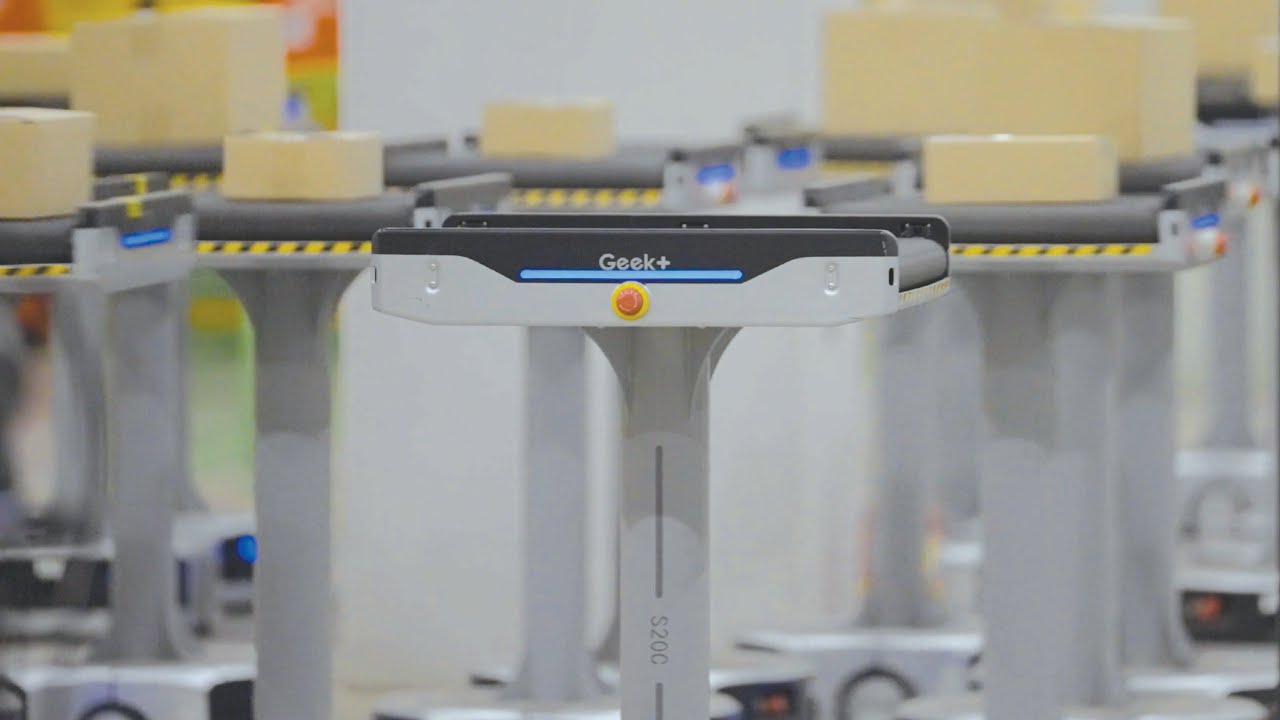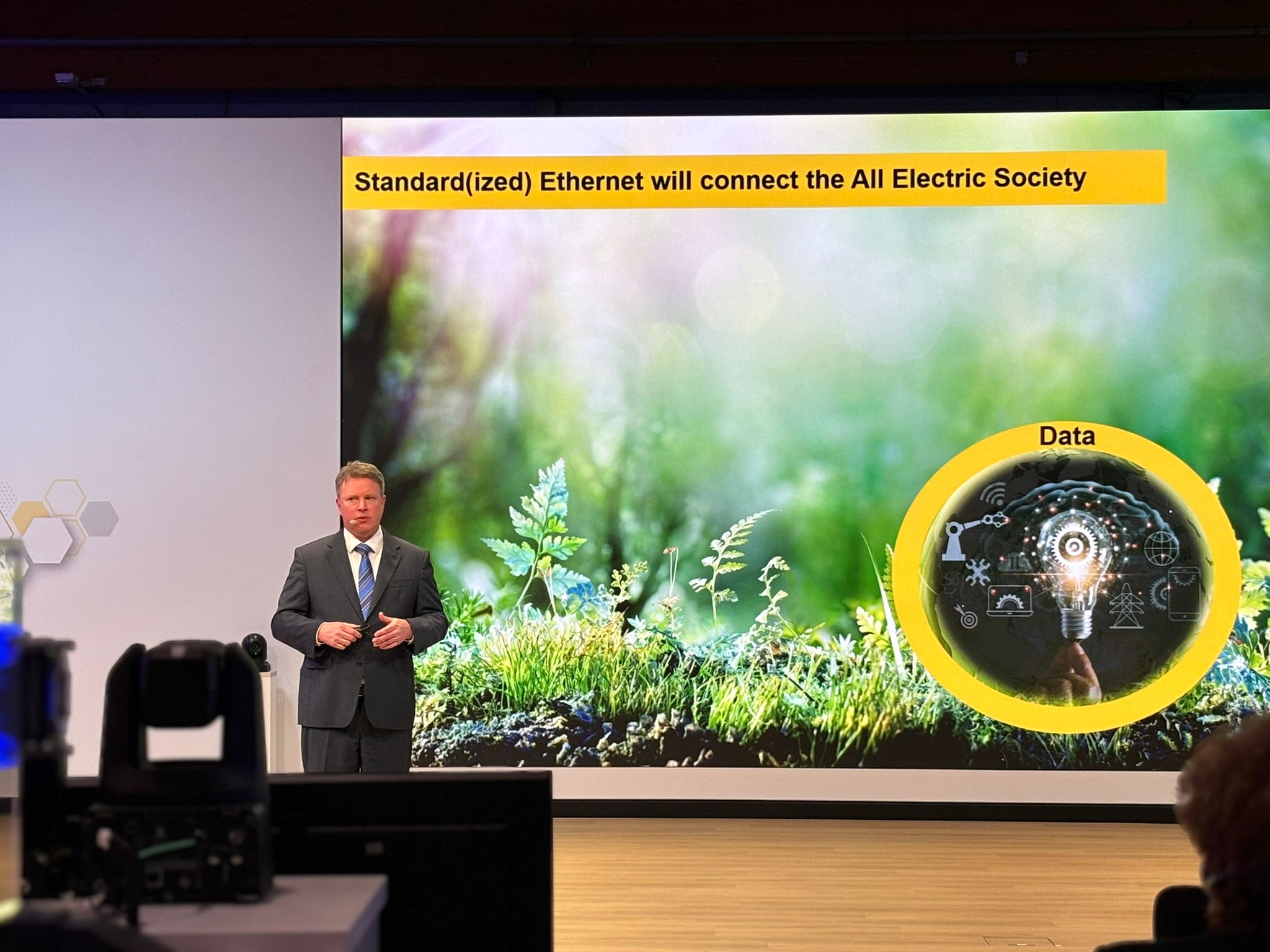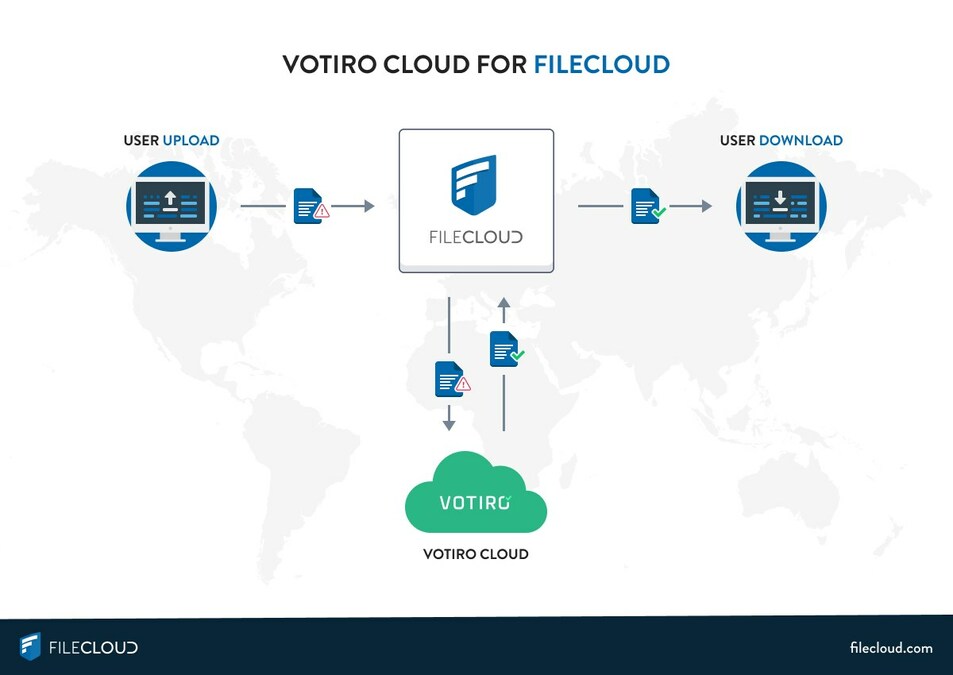
Hitachi Energy has today announced the launch of its new TRO600 series wireless routers with 5G capability, which are purpose-built to help industrial and utility customers achieve high reliability and resiliency in mission-critical operations.
With the integration of 5G technology, Hitachi Energy's TRO600 series routers enable a scalable, flexible and secure, hybrid wireless communication architecture. A hybrid network seamlessly combines the best of public and private cellular with broadband mesh, all managed through a single network management system. This approach unifies communications to all devices, ensuring fast, secure, and reliable connectivity for each operational need.
"At Hitachi Energy, we are proud to pioneer 5G-enabled communication devices for industrial and utility customers, ensuring connectivity where and when it matters most," said Massimo Danieli, executive vice president and managing director of Hitachi Energy's Grid Automation business unit. He added, "5G is essential on our path to decentralize and decarbonize the energy system and to accelerate the energy transition. With 5G, businesses can further expand a data-driven approach to efficiently manage their energy demand and balance the load on the grid."
"5G delivers significant connectivity performance improvements for the growing number of mobile, remote, and outdoor applications and complex use cases within industry, transportation, smart cities, and public safety," said Chantal Polsonetti, vice president, Advisory Services at ARC Advisory Group. "Given its history and leadership in building and managing power and communication networks, Hitachi Energy is well-positioned to help industrial companies harness the power of 5G as they pursue digital transformation," she added.
Integrating 5G connectivity in the TRO600 series ensures optimal efficiency for multiple customer use cases across smart cities, oil and gas, mining, manufacturing, and utility applications. The high throughput supported is expected to drive greater adoption of virtual and augmented reality and video applications to aid operational efficiency and optimize processes. Meanwhile, the ultra-reliable low latency communications (URLLC) allow for greater digitalization of operational infrastructure and scalability of mission-critical control applications.





.png)

.png)




_thumb.jpg)







.jpg)





















































.jpg)












%20(1).jpg)















